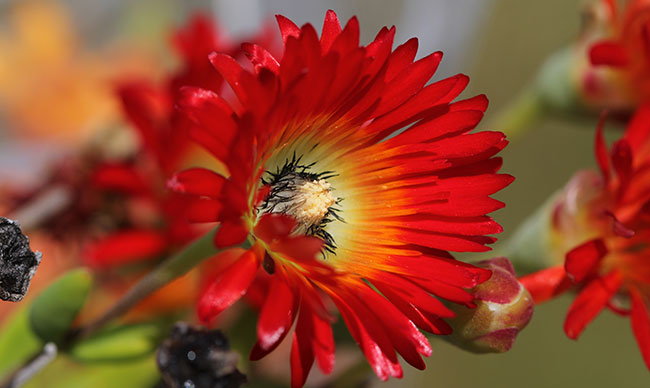The Haarwegskloof, is now a Nature Reserve, protecting the largest remaining area of renosterveld left on earth.
This area, located between Swellendam and Bredasdorp in the Overberg Region, protects about 547 hectares of Critically Endangered Eastern Rûens Shale Renosterveld.
The reserve is home to a diversity of endemic and rare plant species thrive, including threatened bird species such as Black Harrier and Cape Vultures, and mammals.
Cape Naturte said in a statement last week, the Overberg Renosterveld Trust (ORT), a non-profit organisation dedicated to protecting and restoring renosterveld ecosystems, started working on the declaration project, some ten years ago.
The declaration, was finally made in April 2025 by Western Cape Provincial Minister of Local Government, Environmental Affairs and Development Planning- Anton Bredell.
Dr Ashley Naidoo, CEO of CapeNature, said the ORT, and WWF South Africa have a long-standing relationship with each other.
“This declaration is an acknowledgement of the ongoing and admirable conservation efforts that the ORT is carrying out in the Overberg. CapeNature supports these efforts through assessing and reviewing the biodiversity value of these important biodiversity areas. Through stewardship facilitation, legal support and on-the-ground collaboration, CapeNature continues to assist in securing the future of some of the Western Cape’s most vulnerable ecosystems.”
For Dr Odette Curtis-Scott, CEO and Founder of the ORT, the declaration marks a milestone in the journey to protect this irreplaceable landscape.
Renosterveld is one of the most threatened vegetation types in South Africa, with an estimated 5% of its original extent intact. Much of it has been ploughed for agriculture, and with very little remaining.
The declaration provides the highest level of legal protection under the National Environmental Management: Protected Areas Act. It ensures that the Haarwegskloof Renosterveld Nature Reserve will remain dedicated to conservation efforts, while allowing for scientific research, habitat restoration and low-impact eco-tourism activities.
Picture of Drosanthemum speciosum: SANBI

